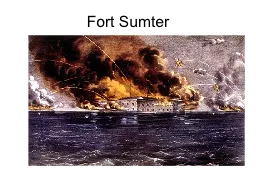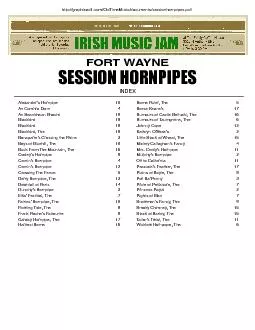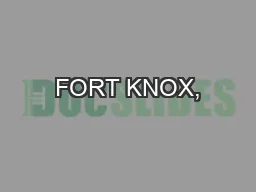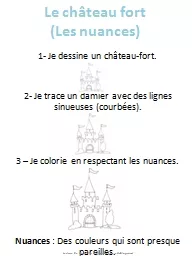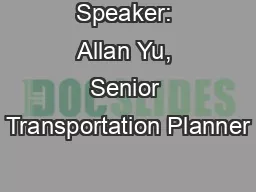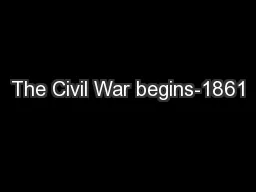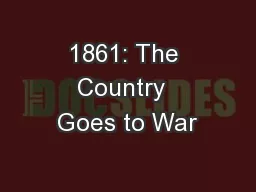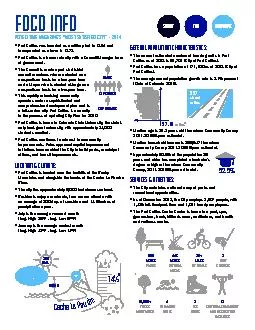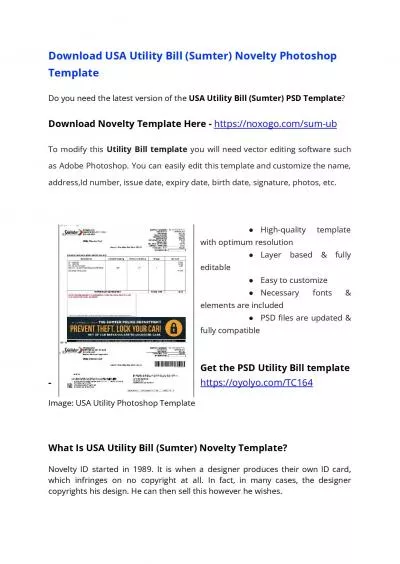PPT-Fort Sumter
Author : kittie-lecroy | Published Date : 2016-02-20
Who held the territory Ft Sumter was federally owned but located in South Carolina in Charleston Harbor Major Robert Anderson was in control of the fort with federal
Presentation Embed Code
Download Presentation
Download Presentation The PPT/PDF document "Fort Sumter" is the property of its rightful owner. Permission is granted to download and print the materials on this website for personal, non-commercial use only, and to display it on your personal computer provided you do not modify the materials and that you retain all copyright notices contained in the materials. By downloading content from our website, you accept the terms of this agreement.
Fort Sumter: Transcript
Download Rules Of Document
"Fort Sumter"The content belongs to its owner. You may download and print it for personal use, without modification, and keep all copyright notices. By downloading, you agree to these terms.
Related Documents

